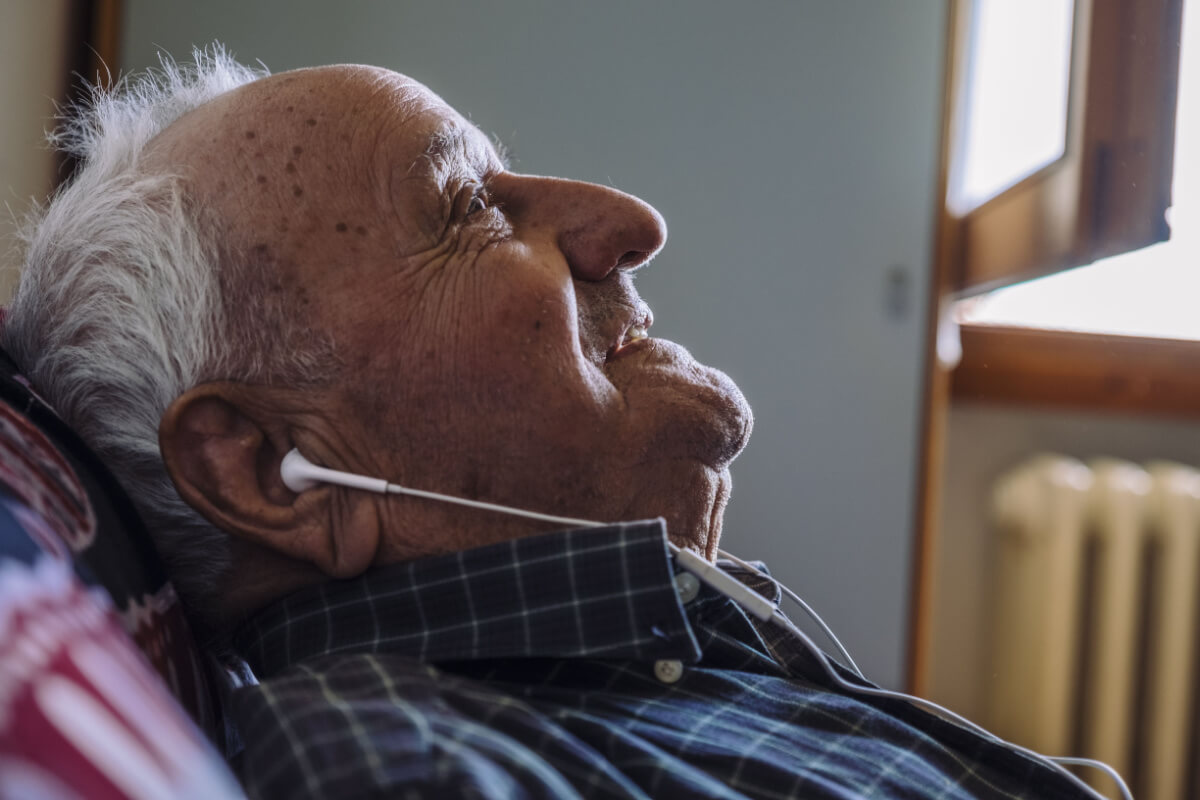What Does Assisted Living Provide?
Posted By HarborChase on April 22, 20237 out of 10 people will eventually require assisted living care at some point in their lifetime, and currently, over 800,000 Americans over the age of 65 reside in assisted living communities. In addition, the population of old adults is rapidly growing, which implies that over the next few decades, the demand for assisted living care will increase drastically.
So what does assisted living provide for older adults? Aging in place in one’s current home may be preferred, but age-related changes and cognitive decline can make it difficult for some older adults to live safely at home. In these situations, assisted living communities provide support with Activities of Daily Living (ADLs) and create opportunities for wellness and connection.
The baby boomer generation has begun retiring and changing the expectations and culture surrounding senior housing accommodations, care, and amenities. HarborChase Senior Living is proud to adapt to the eclectic values, lifestyles, and preferences of older adults to provide an exceptional senior living experience. Below, our team highlights what assisted living communities can provide to older adults looking to enhance their safety and wellness.
Support with Activities of Daily Living
Activities of Daily Living (ADLs) are defined as the essential tasks a person must be able to perform in order to lead a safe and healthy lifestyle. The five basic ADLs include:
- Bathing and Showering
- Dressing
- Mobility
- Eating
- Continence
When it becomes challenging to complete these tasks, it can diminish a person’s safety, self-confidence, and overall quality of life. Fortunately, assisted living communities and team members assist with these tasks as needed. From medication management to assistance with bathing or dressing, older adults receive the help they need to live safer, healthier lives.
Maintenance-Free Living
A person’s home is a place of comfort, memories, and pride. You’ve spent decades putting effort and time into each and every detail of your house to make it feel like home. But over time, the amount of upkeep that a house requires can add up and overwhelm even the most advanced homeowner. Appliances become dated and need to be replaced, the yard and landscaping need tending, and even everyday household chores can become a hassle.
Assisted living communities offer maintenance and housekeeping services in order to provide residents with the opportunity to spend more time focusing on their passions, hobbies, and interests.
Not only does this leave extra time in one’s routine for leisure, but it can also provide a cost-effective benefit. For instance, consider the expenses needed to run a home – lawn mowers and other tools, upkeep and maintenance costs, such as hiring plumbers or electricians, home repairs, etc. In an assisted living community, all these costs and services are provided at no additional cost.
Socialization Opportunities
Older adults are more at risk than any other age group for loneliness and isolation, resulting in mental health issues like depression or anxiety. In fact, a report from the National Academies of Sciences, Engineering, and Medicine (NASEM) found that nearly one-fourth of adults over the age of 65 are considered to be socially isolated. The reasoning behind this isolation is due to factors that are more likely to affect adults in their later years, such as the loss of a spouse, changes to mobility, or other health conditions that impact their ability to stay active and social.
Senior living promotes connection through a community setting, restaurant-style dining, and on-site social events and activity groups. These elements provide countless opportunities for residents in assisted living communities to get to know the people around them and foster new and meaningful friendships.
Nutrient-Dense Dining Options
Being mindful of what you eat and prioritizing nutrition becomes increasingly important as a person gets older. The foods that a person consumes can directly affect brain health, heart health, and other parts of the body. While there are many diets that an older adult can follow to ensure healthy aging, it can be challenging for some older adults to keep up with grocery shopping, cooking, and meal preparation, resulting in an unbalanced diet or poor eating habits.
Assisted living communities offer residents daily meals and dining options that are designed for the needs of older adults. In addition, many communities have nutritionists and chefs on staff who work together to create delicious menus that provide plenty of flavor and nutritional benefits.
At HarborChase Senior Living, we are dedicated to elevating the senior living dining experience by going above and beyond expectations. Our on-site restaurants add a touch of elegance and refinement to every meal, and our restaurant-style approach promotes social activity and connection between residents.
A Purposeful, Active Lifestyle
So, what does assisted living provide? Perhaps the most important aspect of a person’s life is finding purpose. After retirement, many struggle to feel fulfilled. After decades of working in careers, raising families, and leaning on busy schedules, retirement brings these aspects to a sudden stop. It can be jarring, especially if a person has become out of touch with their interests and passions.
Assisted living communities, if nothing else, provide individuals with a path toward enrichment and motivation. Residents have the opportunity to reach their personal goals, whether they want to try a new hobby or enhance their wellness, and are provided with the support they need to achieve these objectives.
Our HarborChase assisted living communities strive to help residents celebrate their achievements, accomplishments, and successes every day. We offer a path toward a fulfilling lifestyle and exceptional wellness through supportive services and luxury community amenities. Discover luxury assisted living at HarborChase, and visit our website to find your nearest HarborChase community.
Categories: Assisted Living


